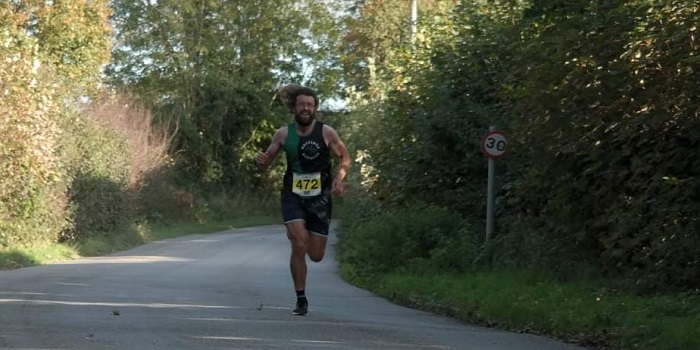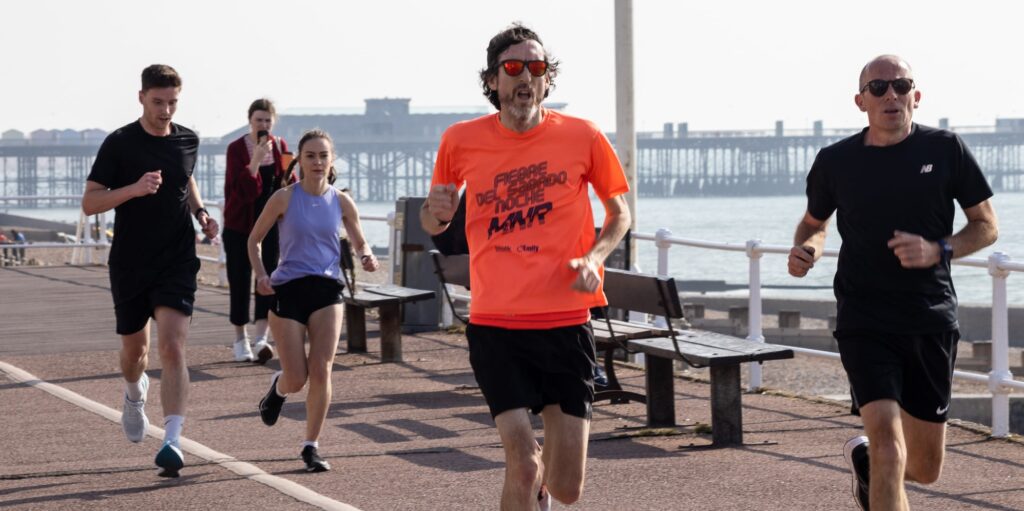Have you ever looked at some of the quicker runners and thought how easy they make it look. Tall, elegant and fast! It’s annoying right?
What if I told you that they were in fact putting in less effort than you. How you ask? By utilising their biomechanical energy returns. Say what? I’m talking about elastic energy.
This is something I’ve learned about on my Level 3 EA course, so apologies to any experts if my terminology is slightly off. EA (England Athletics) state in their text that between 30 – 50% of the energy required to run can be created by the elasticity in our tendons and muscles. Up to 50%. Imagine that.
So suddenly it makes sense why these quicker runners are seemingly flying down the finishing stretch. They are literally bouncing their way to quicker times.
So how does it work? Well in simple terms, our legs can act like pogo sticks. Our tendons can act like elastic bands, storing and returning energy to the body and saving the muscles from having to do all the hard work.
So how do we capatalise on what is essentially a free energy supply? Well first and foremost we can improve our running form. Imagine an elastic band. If it’s limp then there is very little energy stored. But if you stretch the elastic band, making it nice and tall, suddenly it’s bursting with energy.
As athletes we need to run tall to create tension in the fascial system and in turn this will make us more springy (technical term). We’ve all been in races where our shoulders slump, our head drops and it feels like we can’t go any further. If we run in this state we are producing almost none of that free elastic energy which is available to us.
Can we improve our elastic strength through training? You bet we can. So how do we do this? By introducing some plyometrics, jumps and bounding into your training.
Having recently learned about this myself it is something I will be introducing into my next training plan and also for some of my runners.
Please be careful though. Some of the exercises like bounding and hopping can apply quite a big force and if you do too much too soon then you increase the risk of injury.
If you found this article interesting then please like on social media and comment to help promote pb runner. Thanks for reading and remember, run tall to use that free elastic energy.
Coach Simon.








